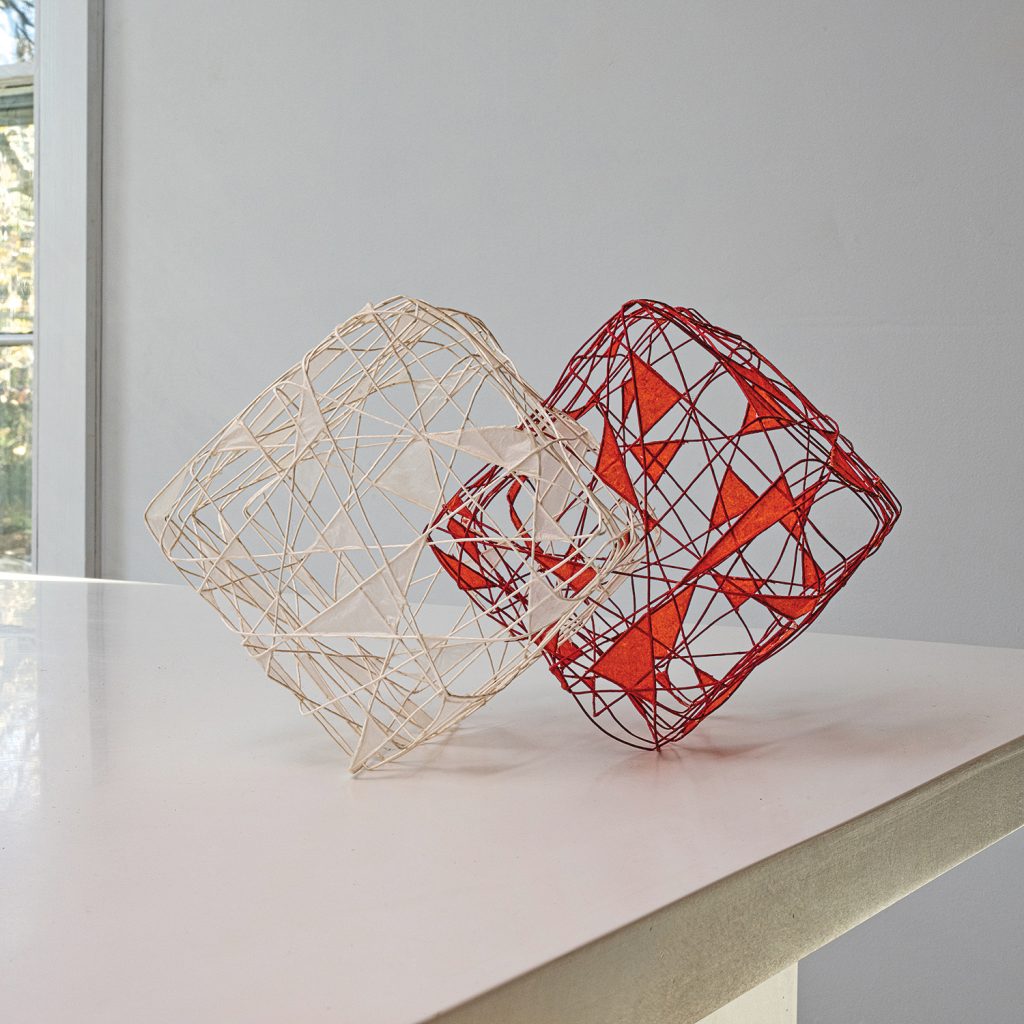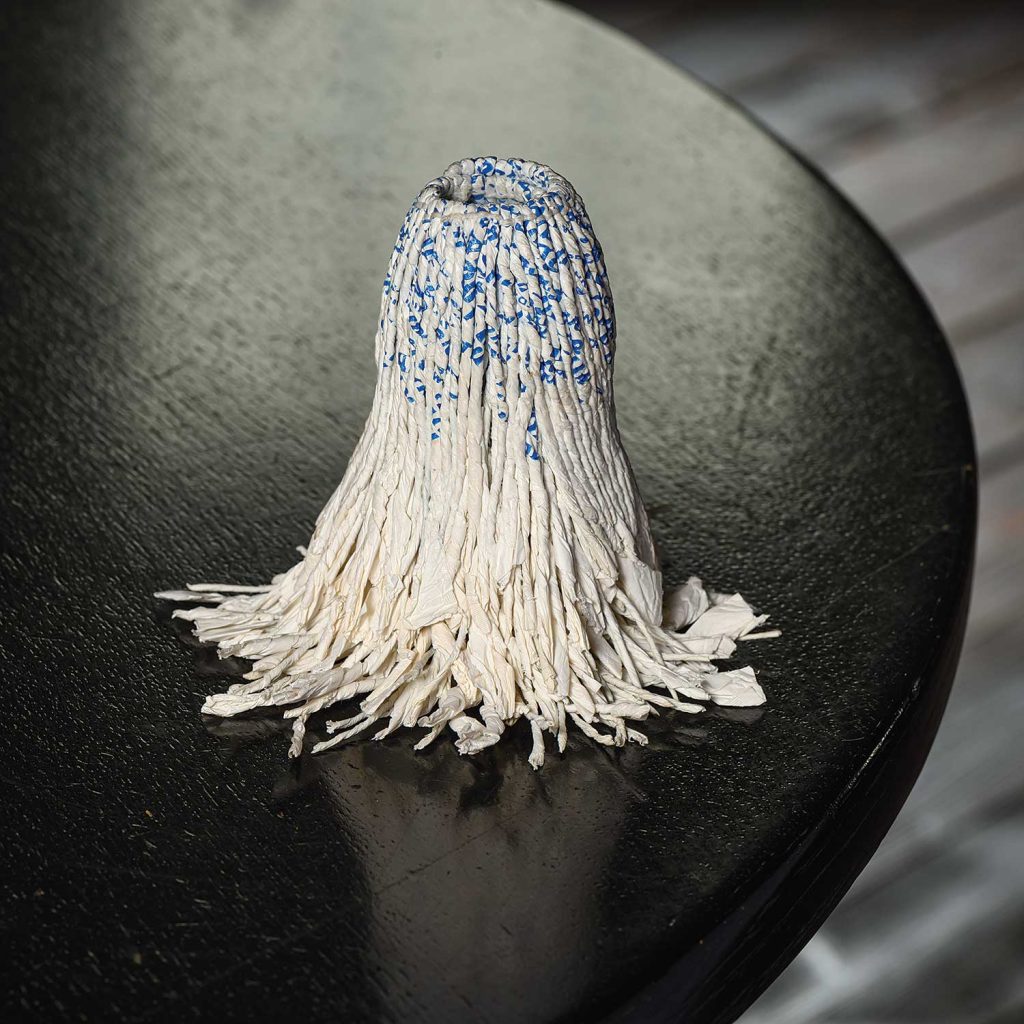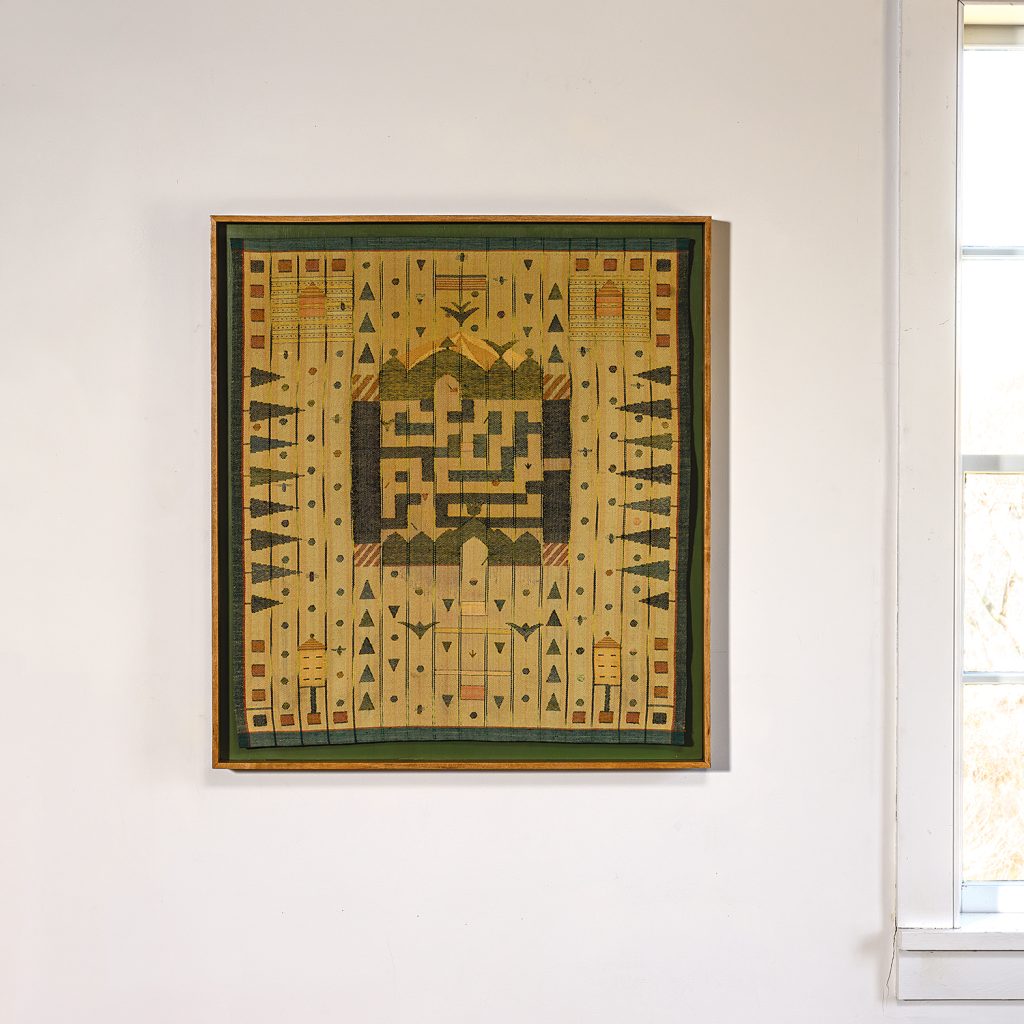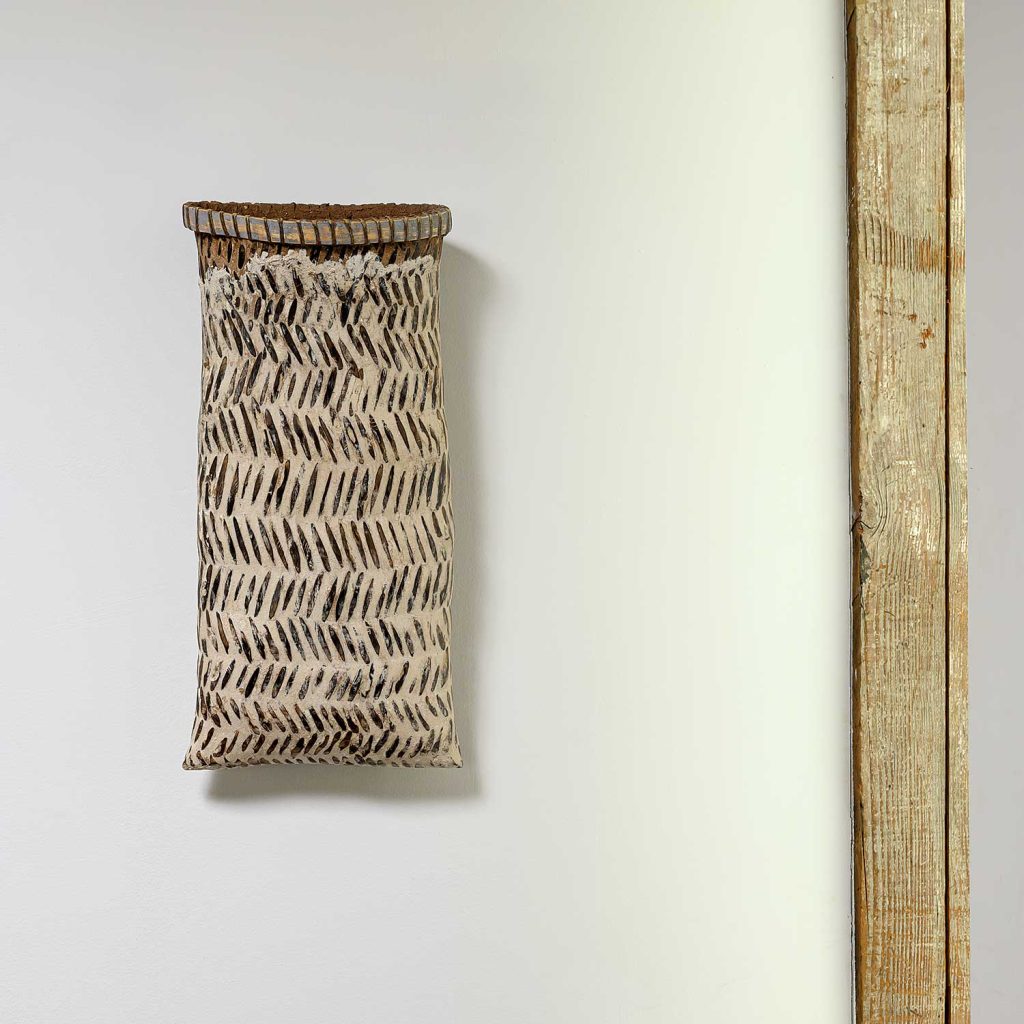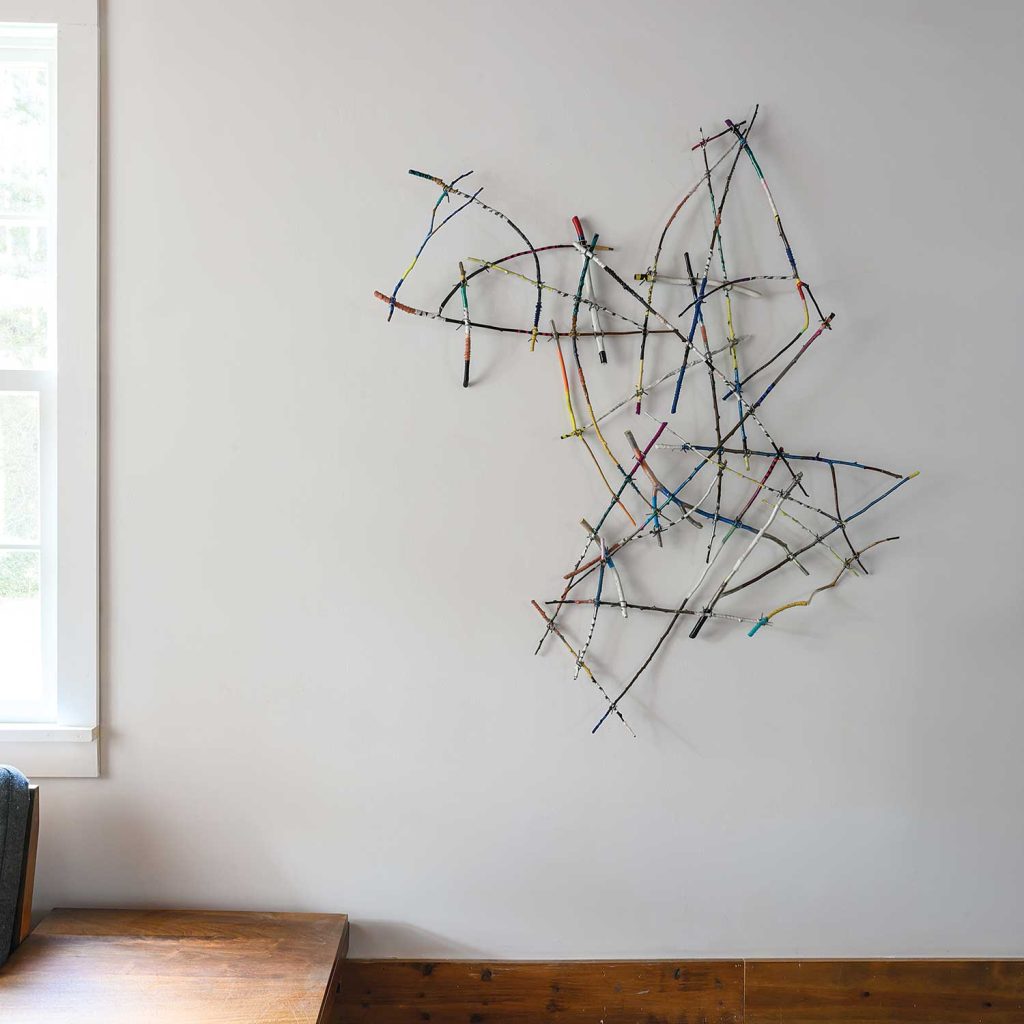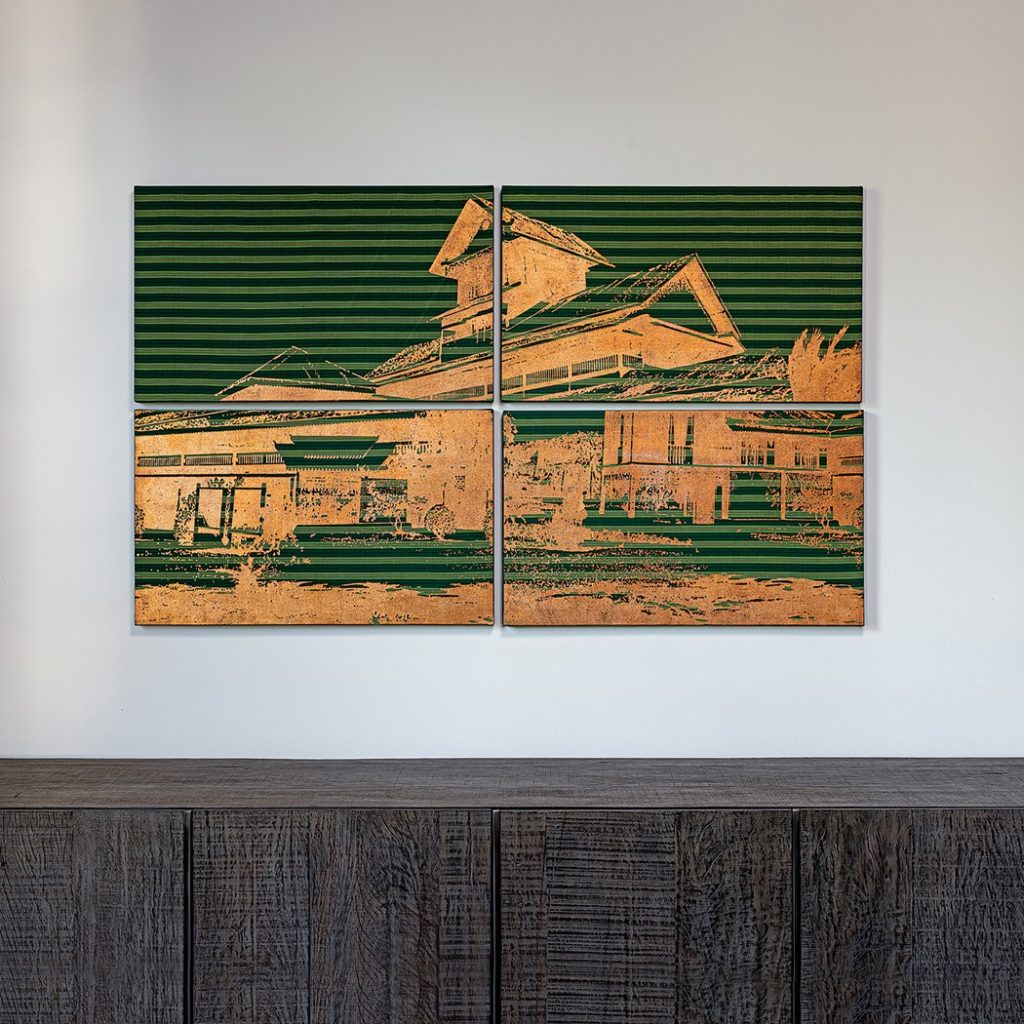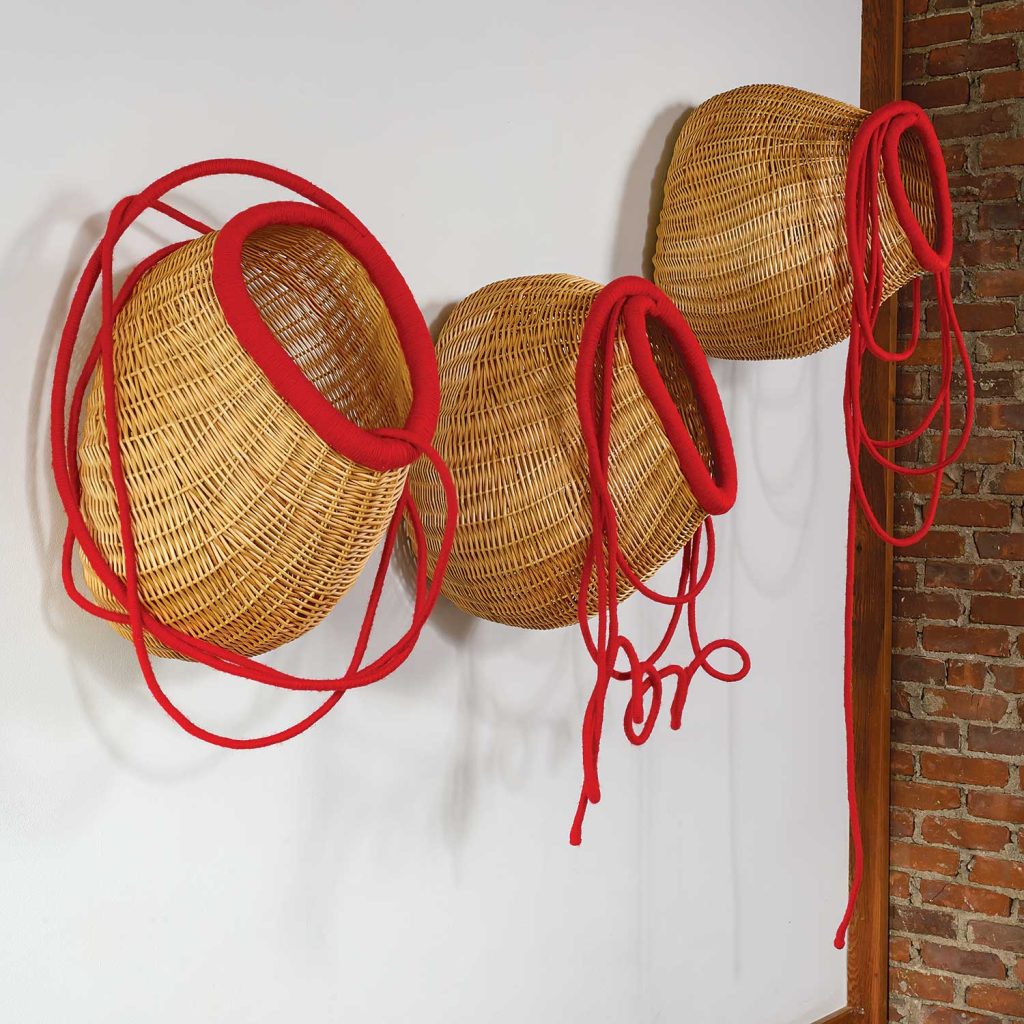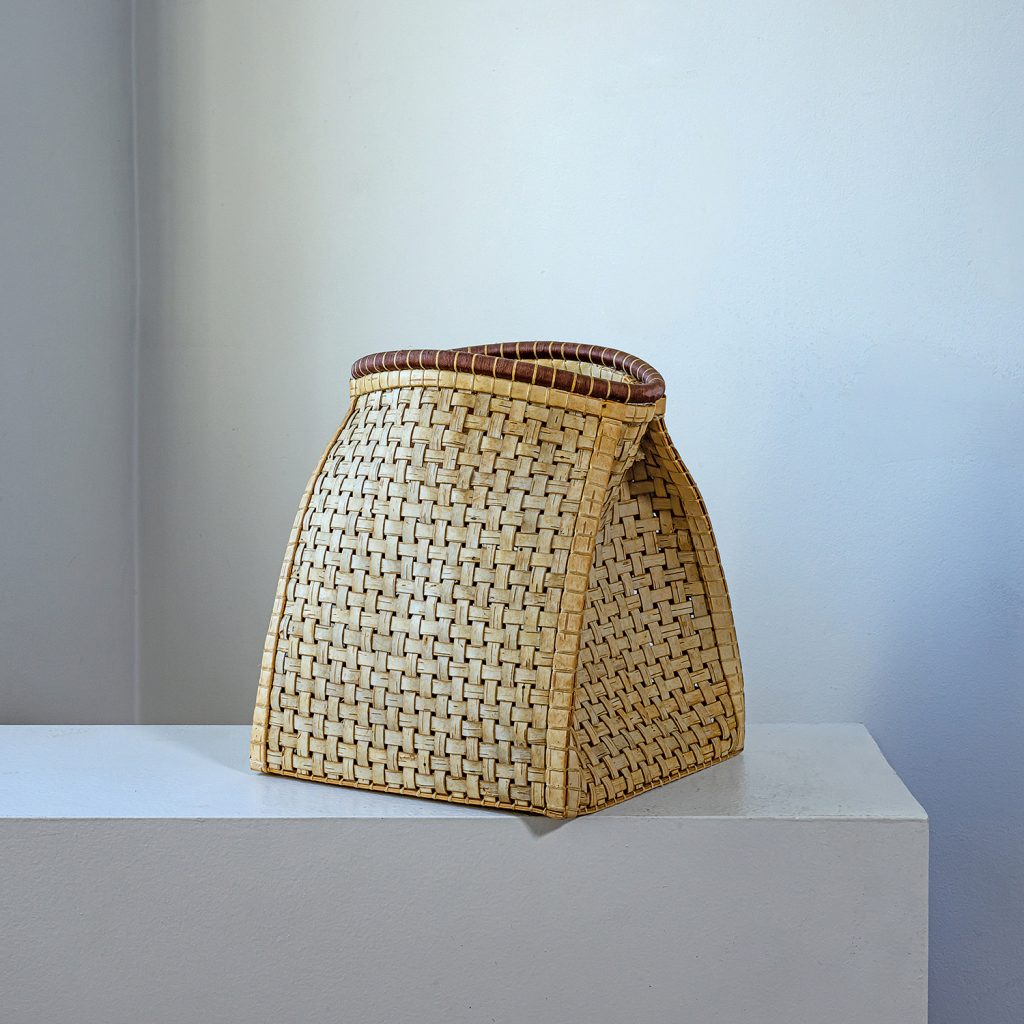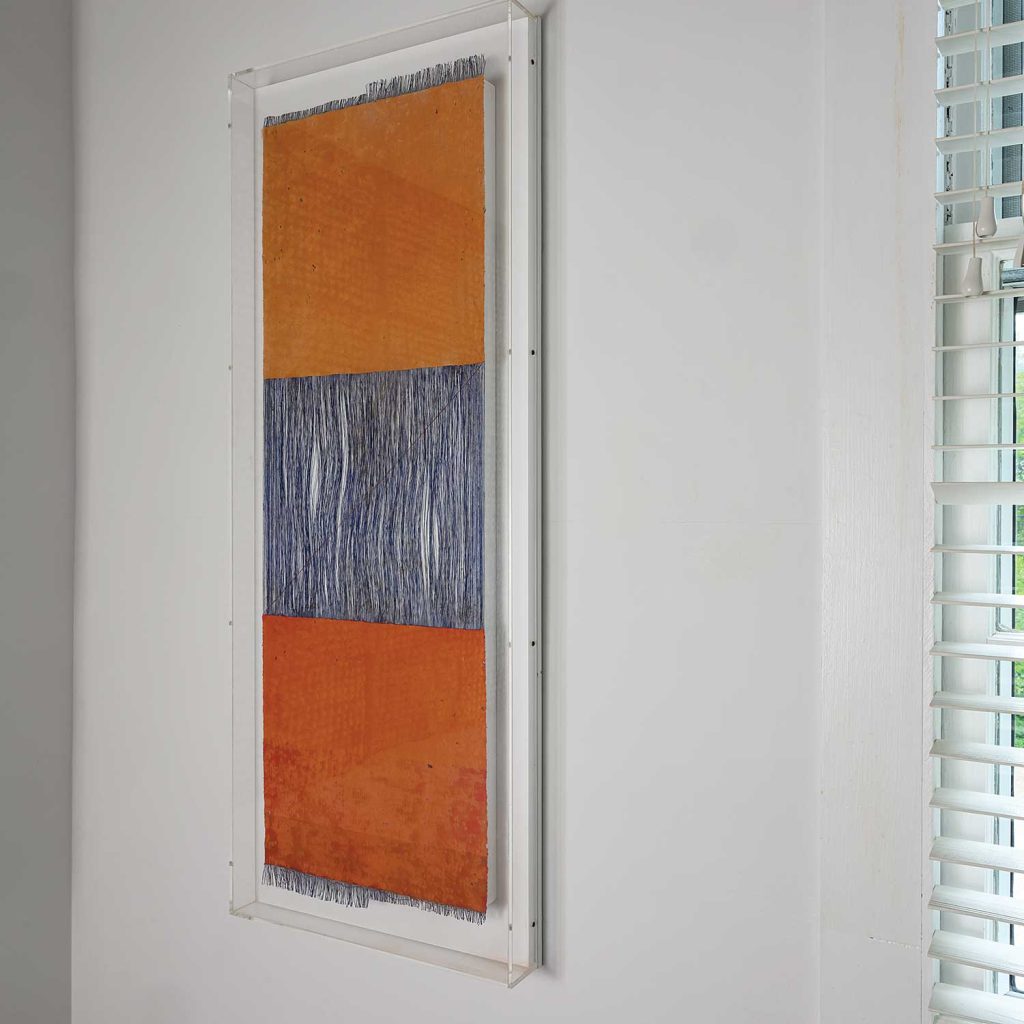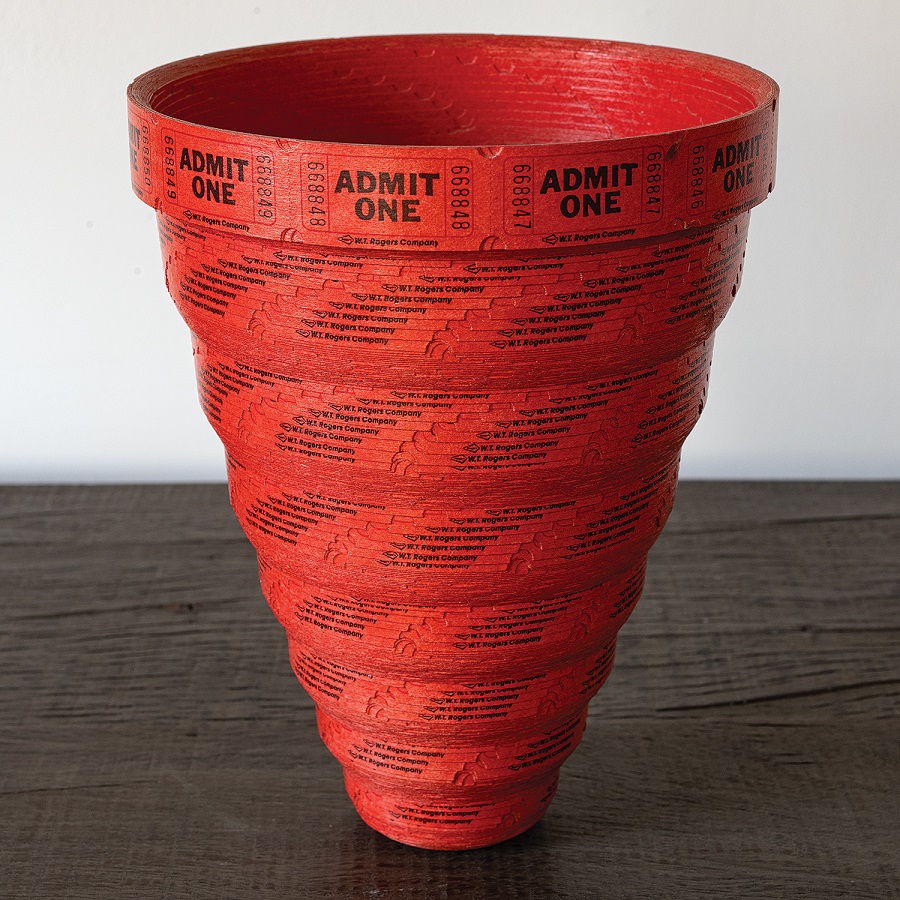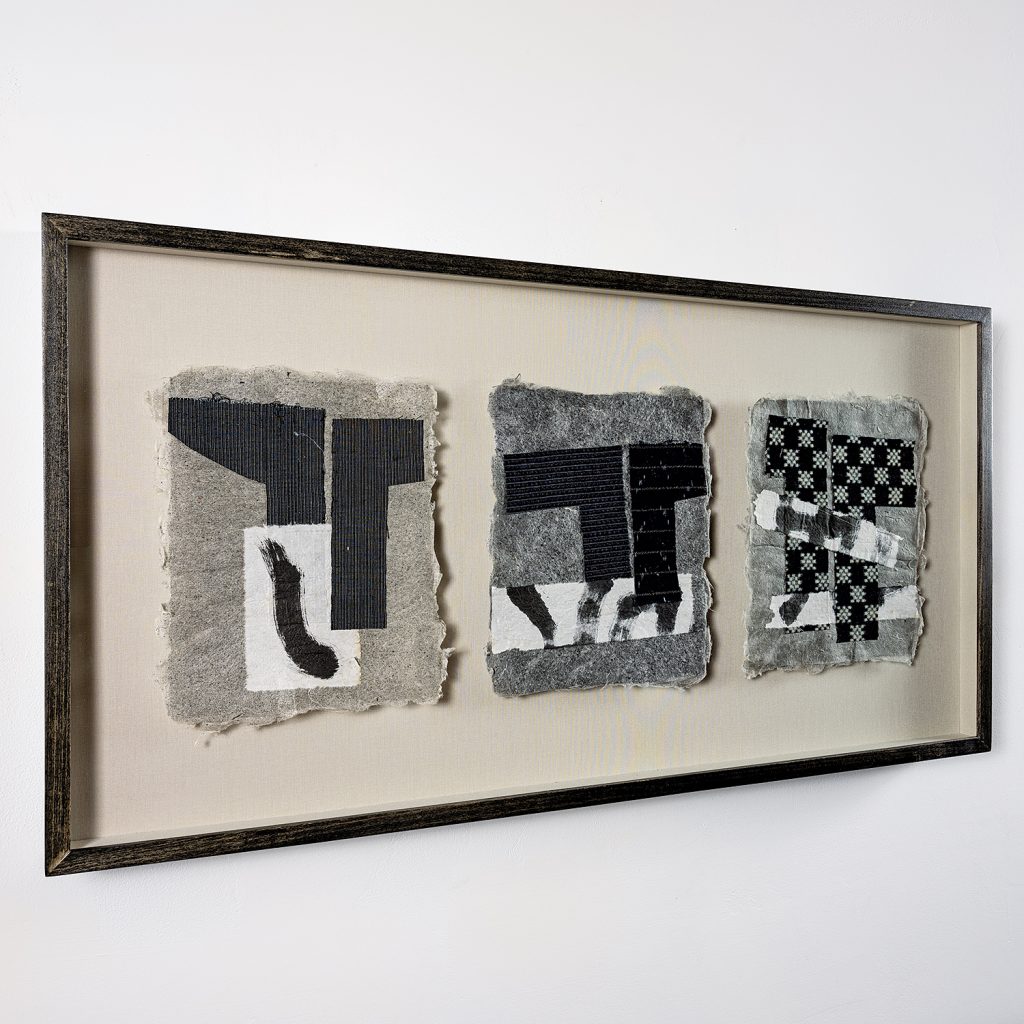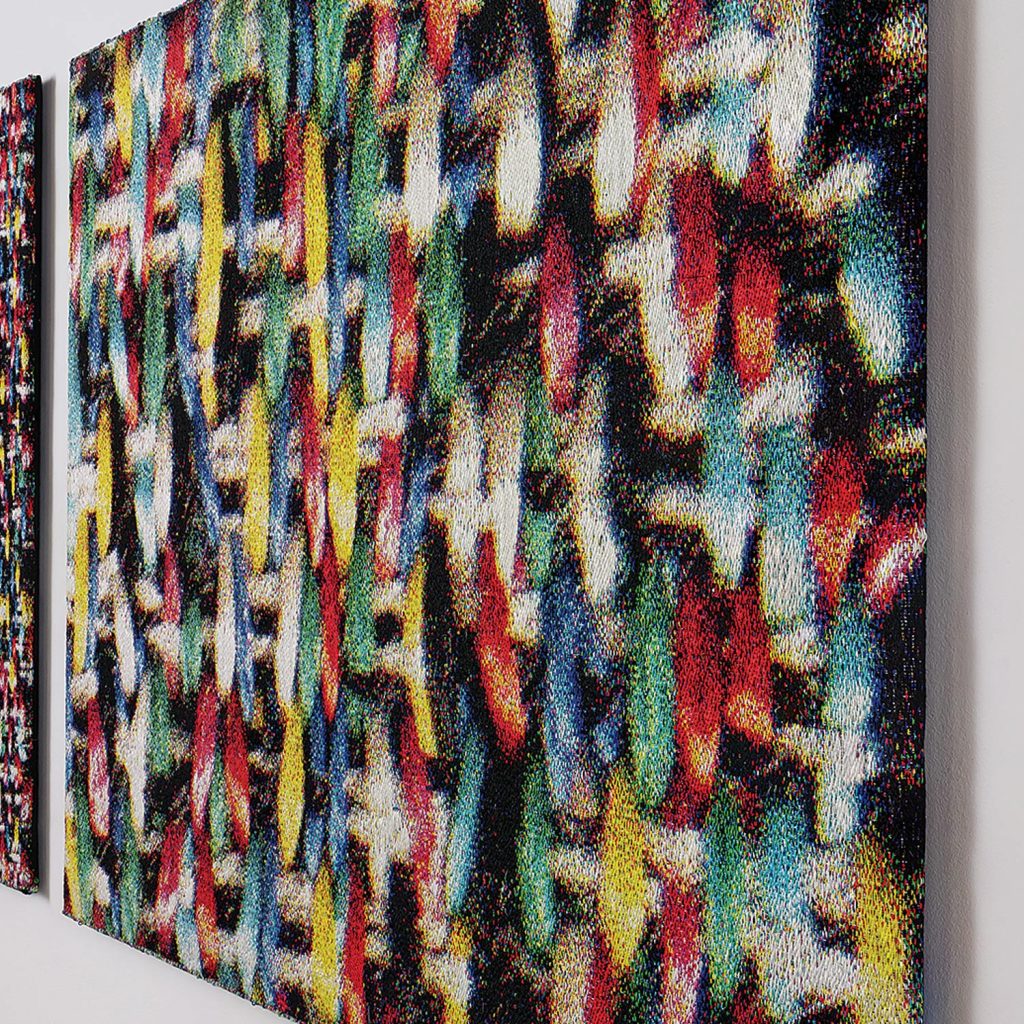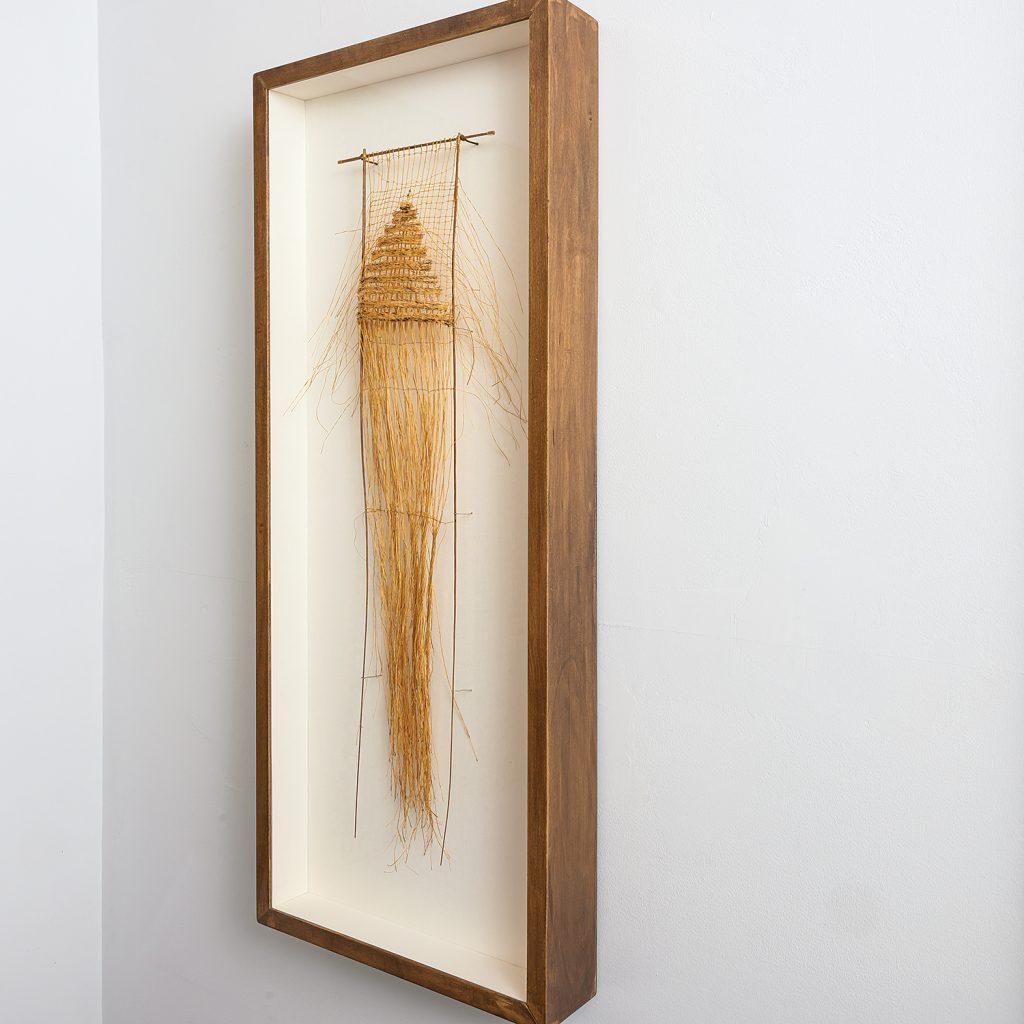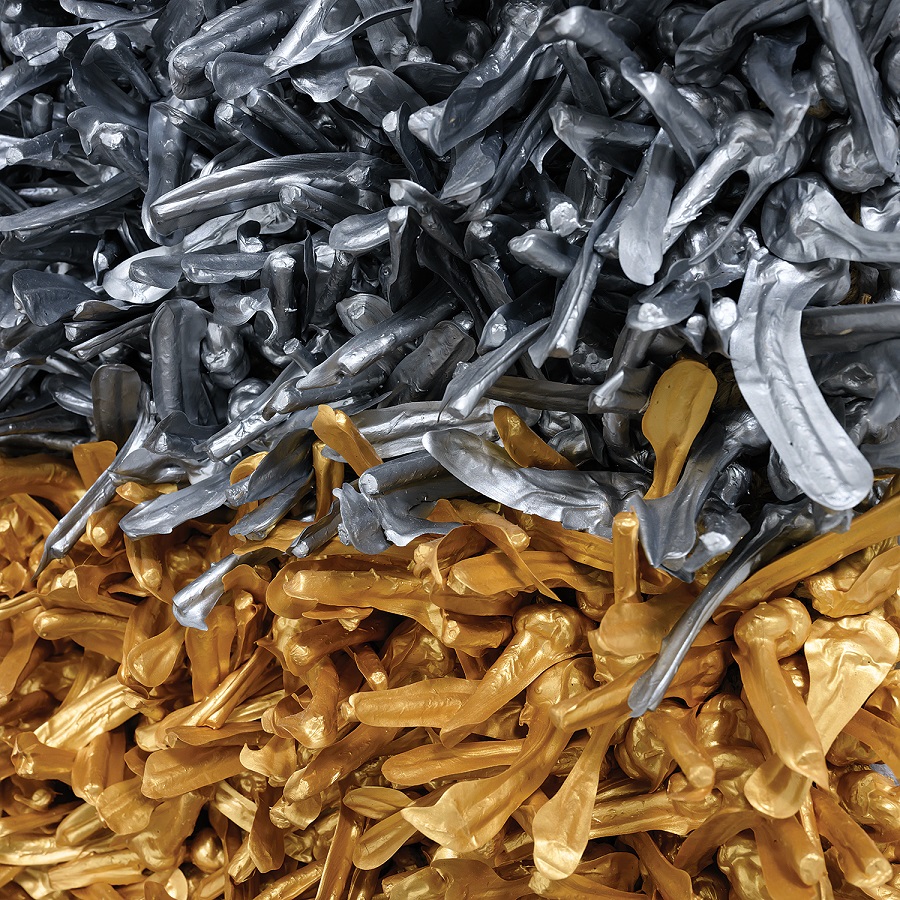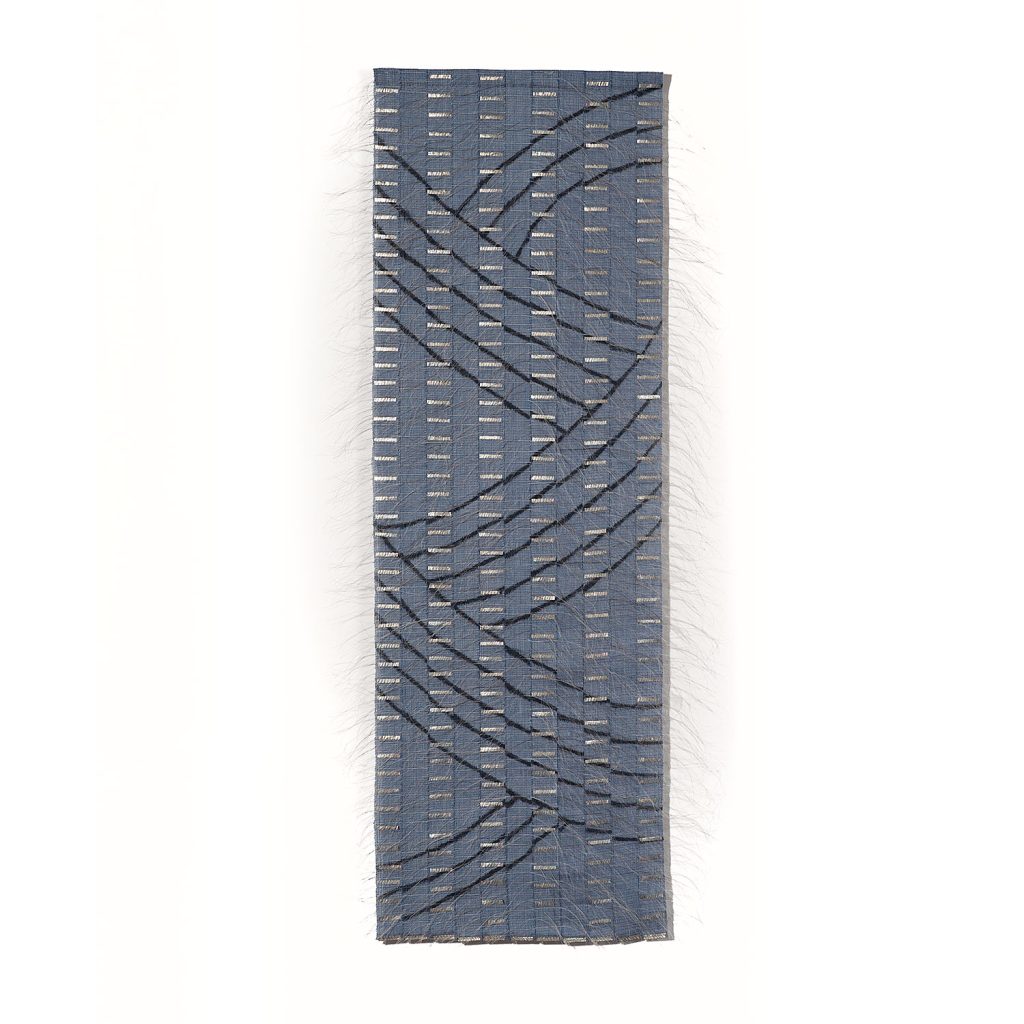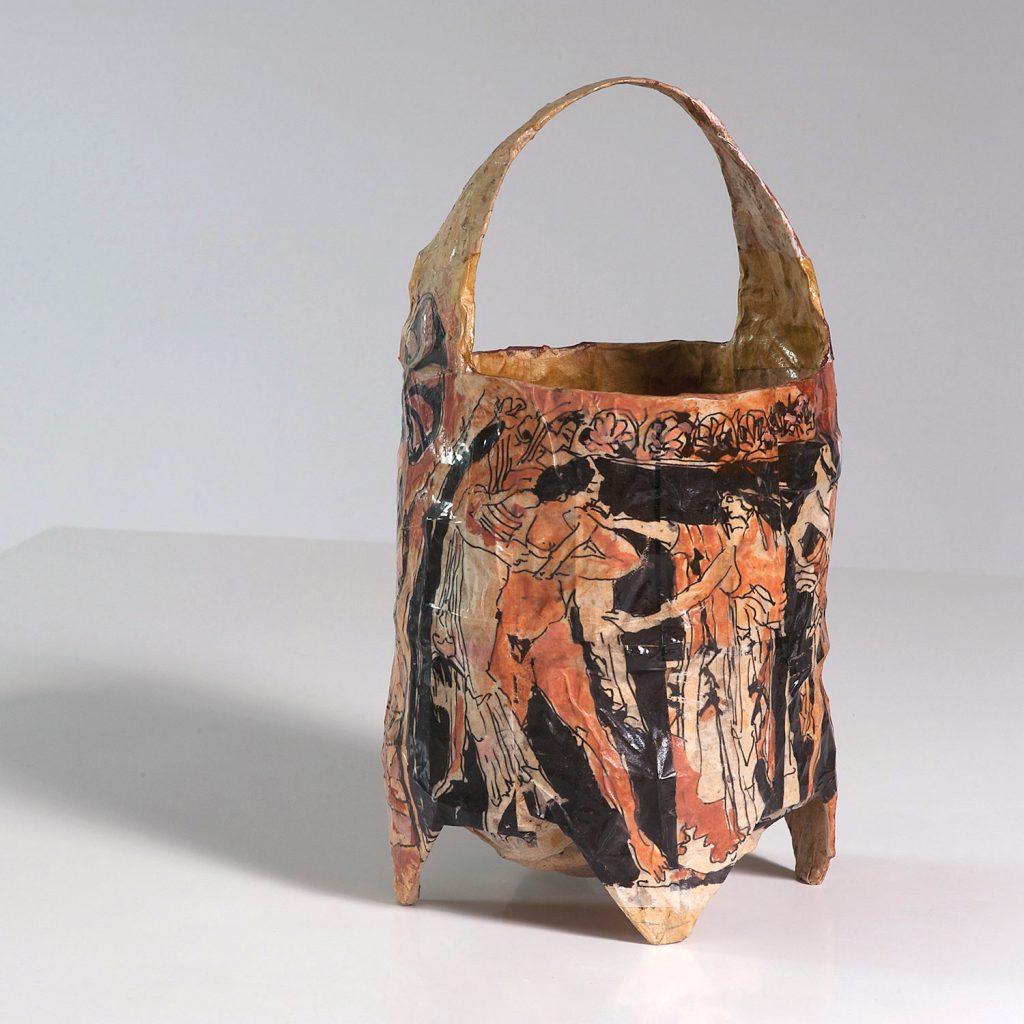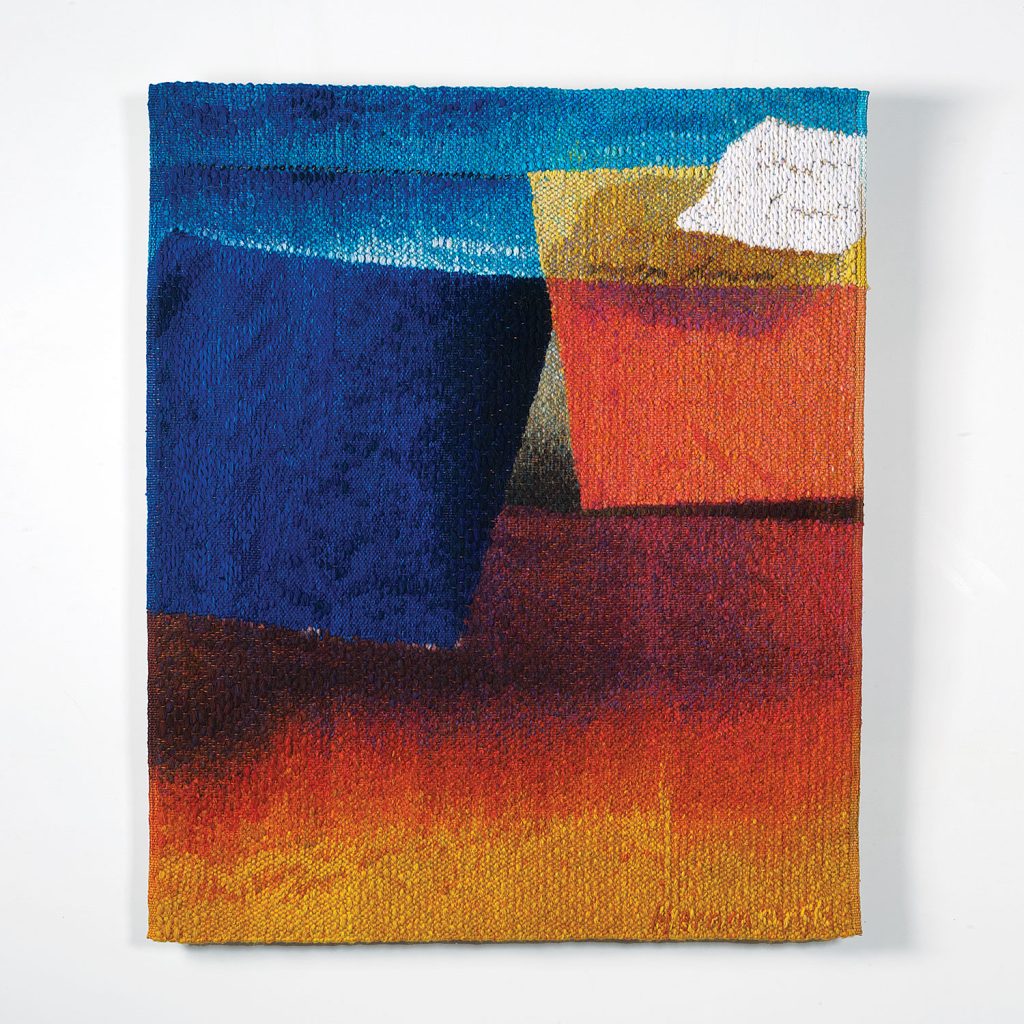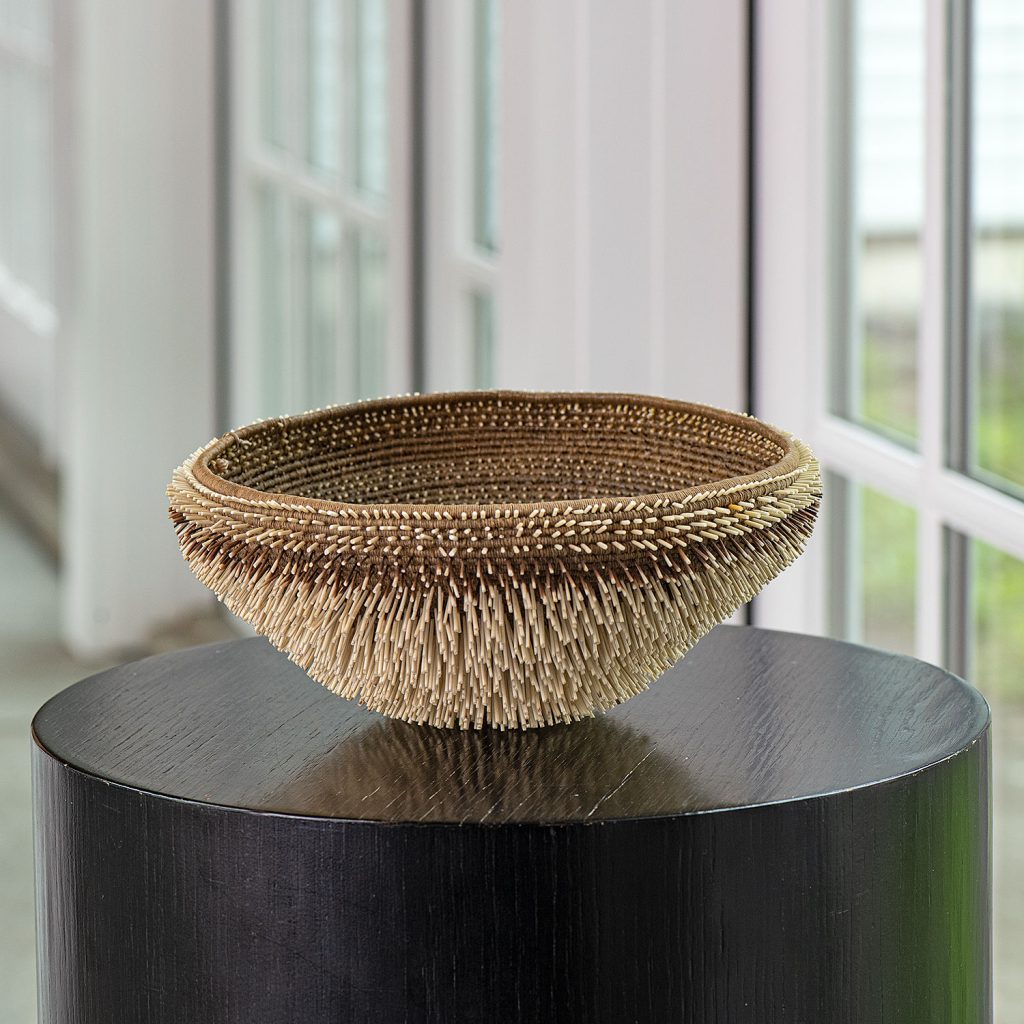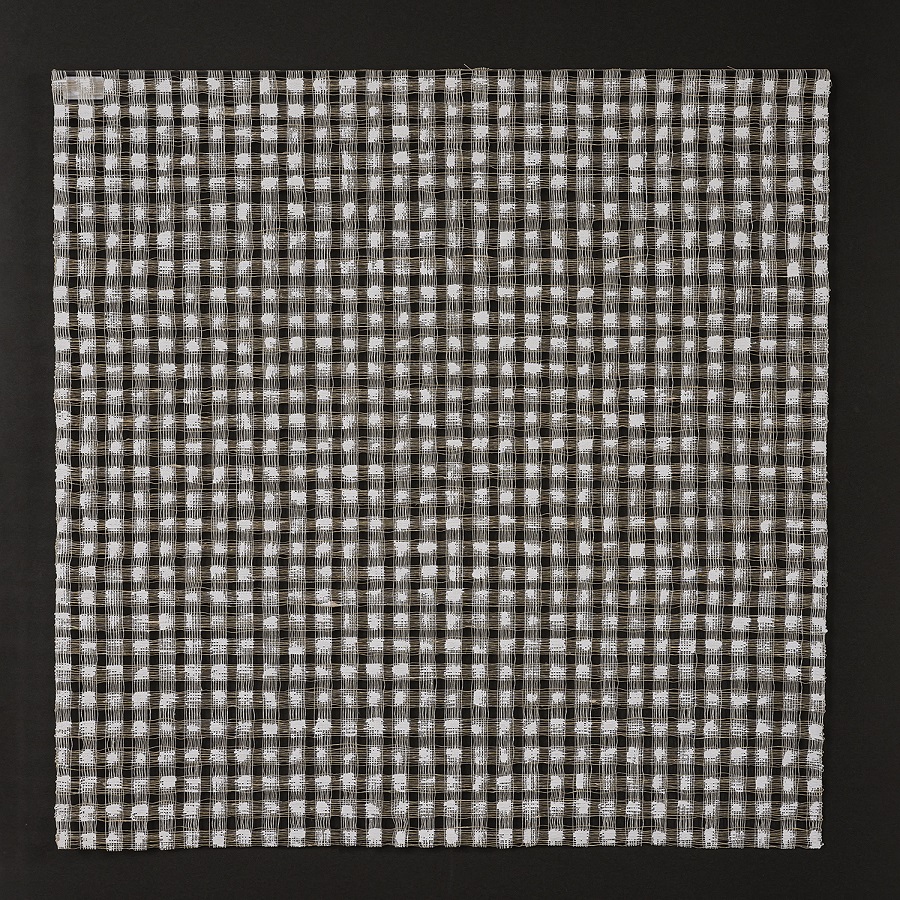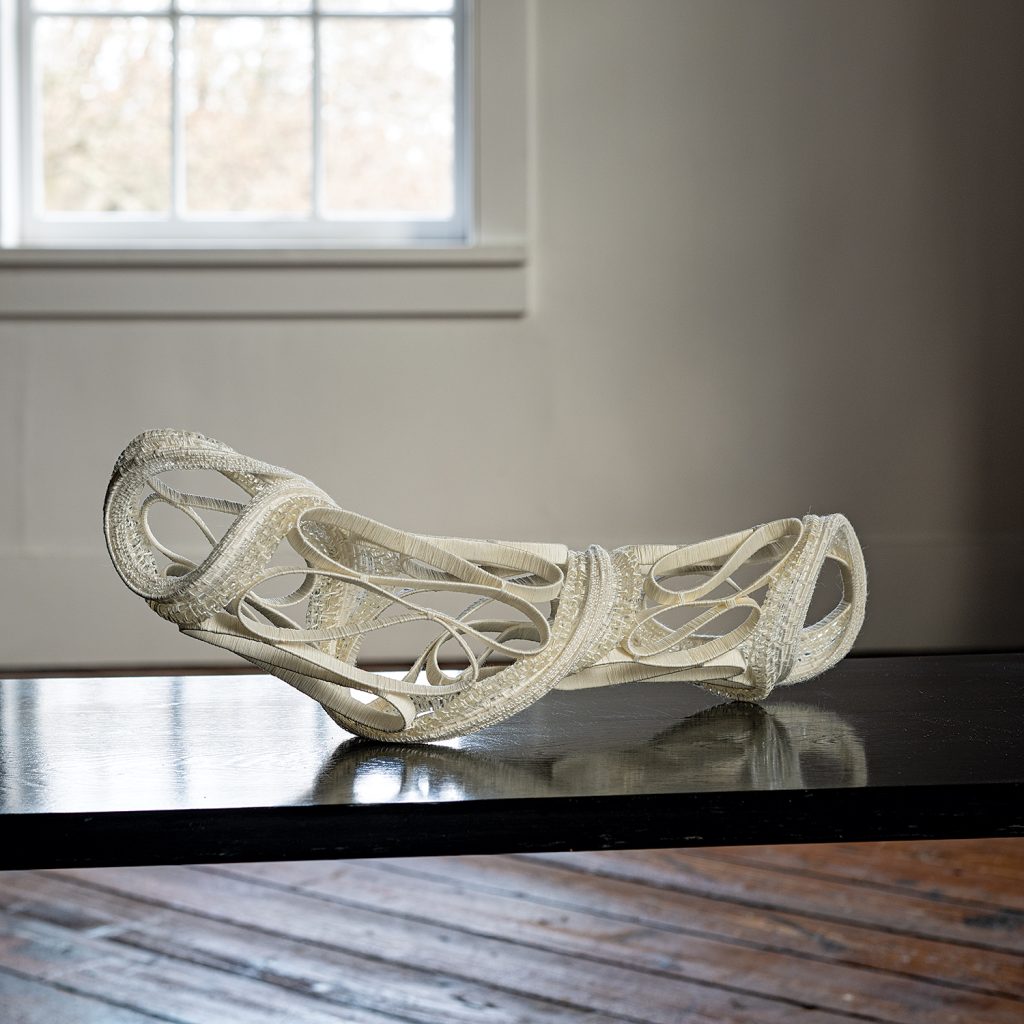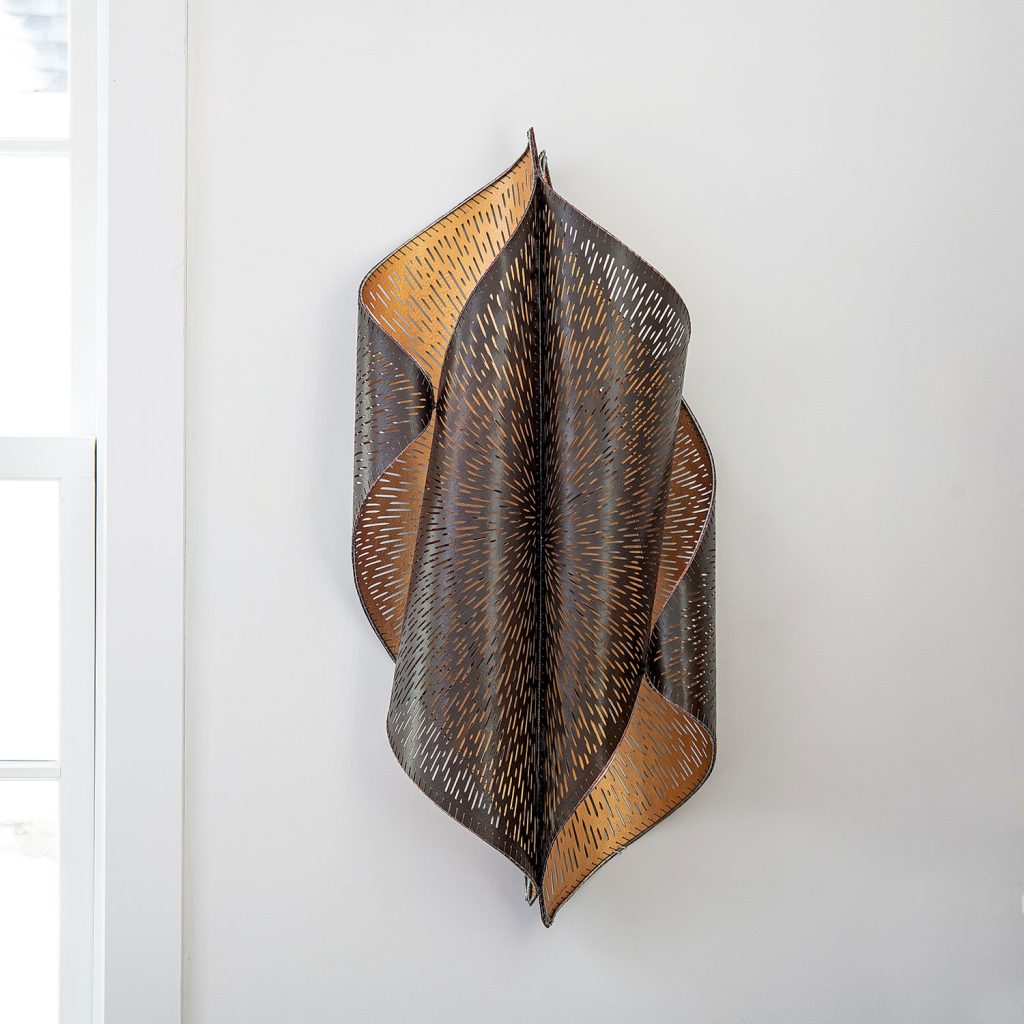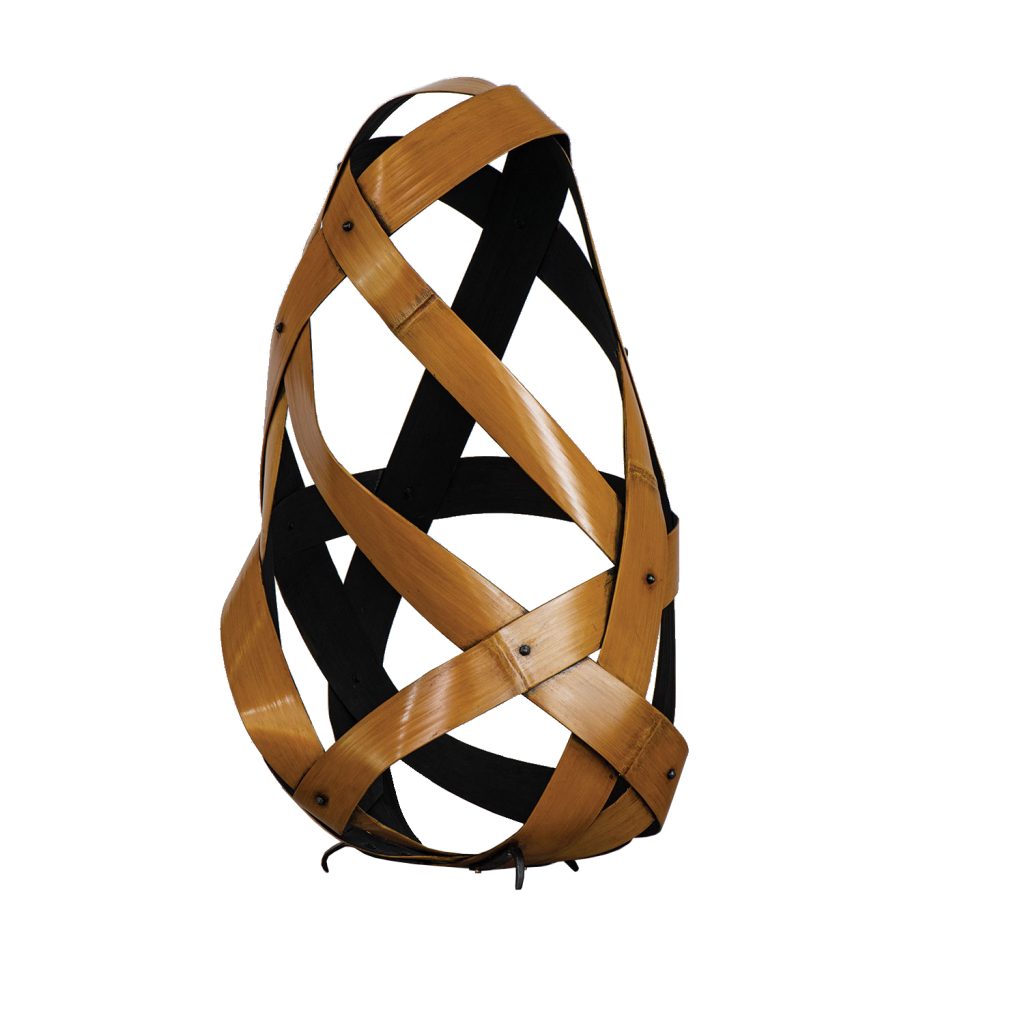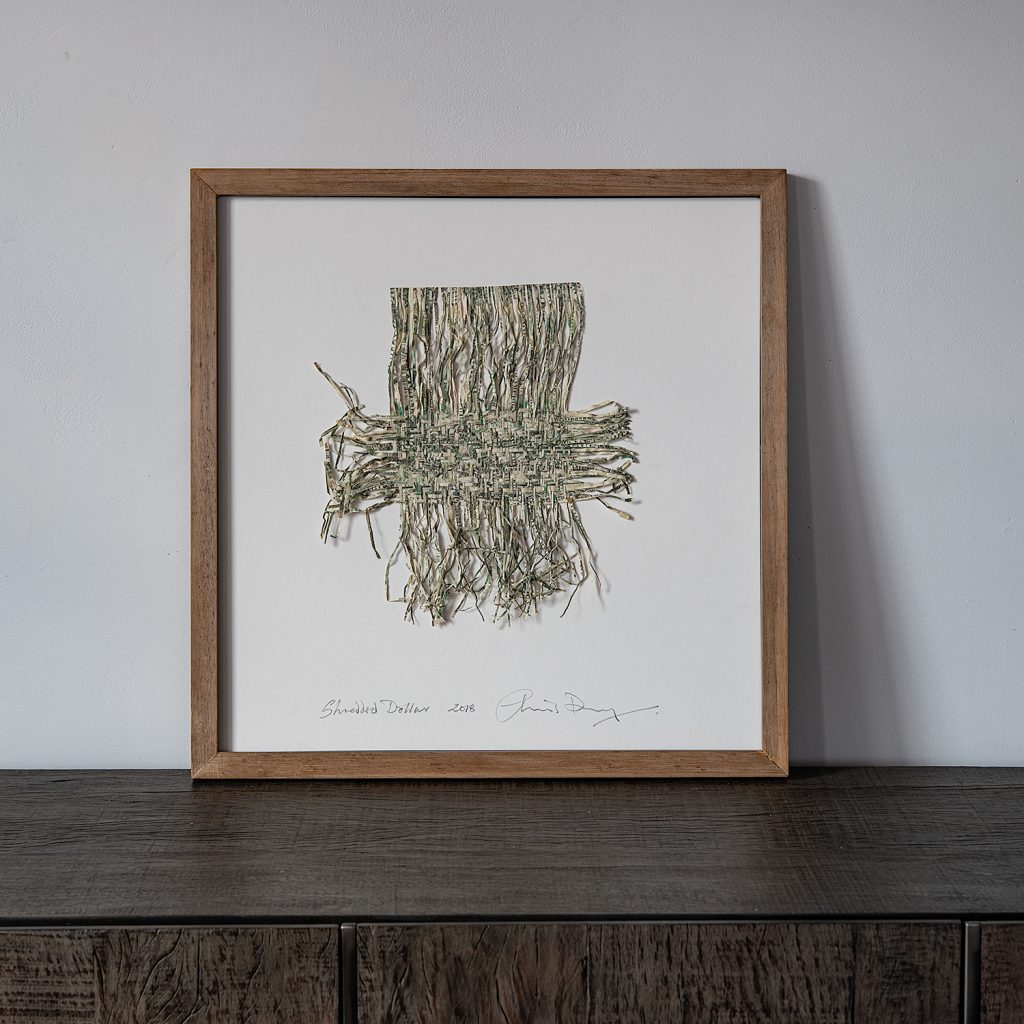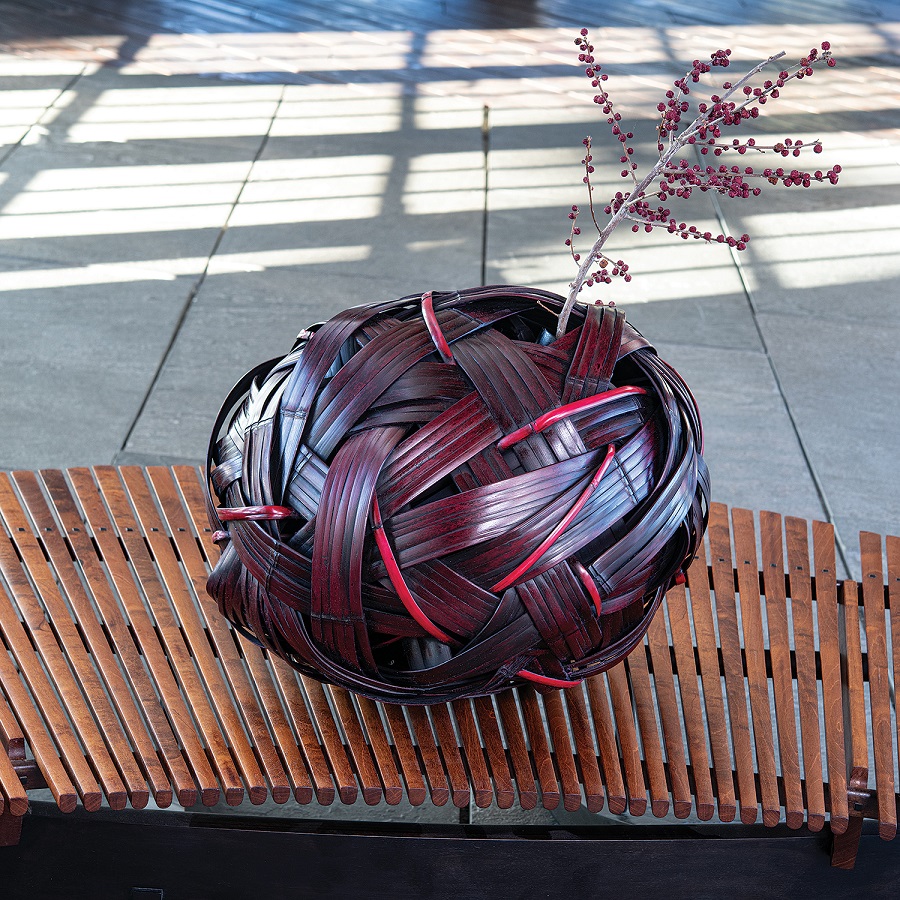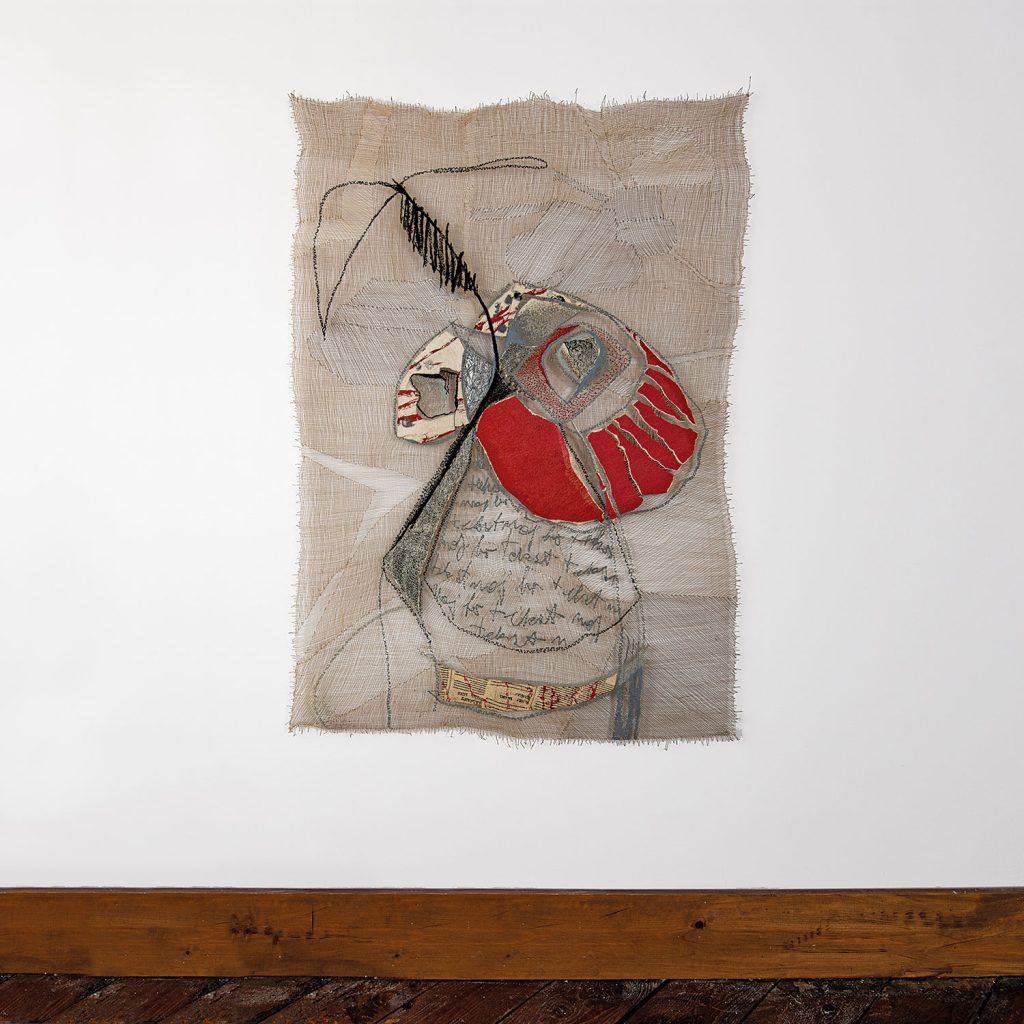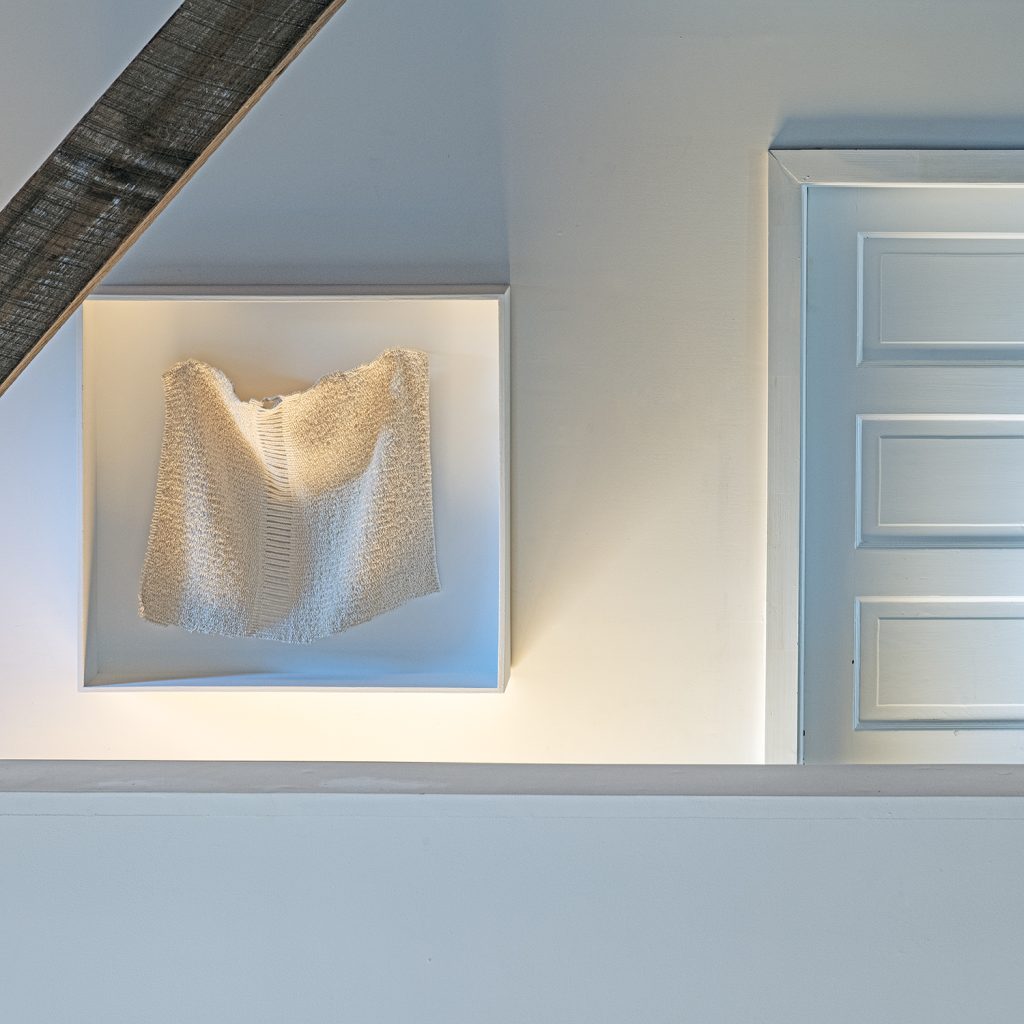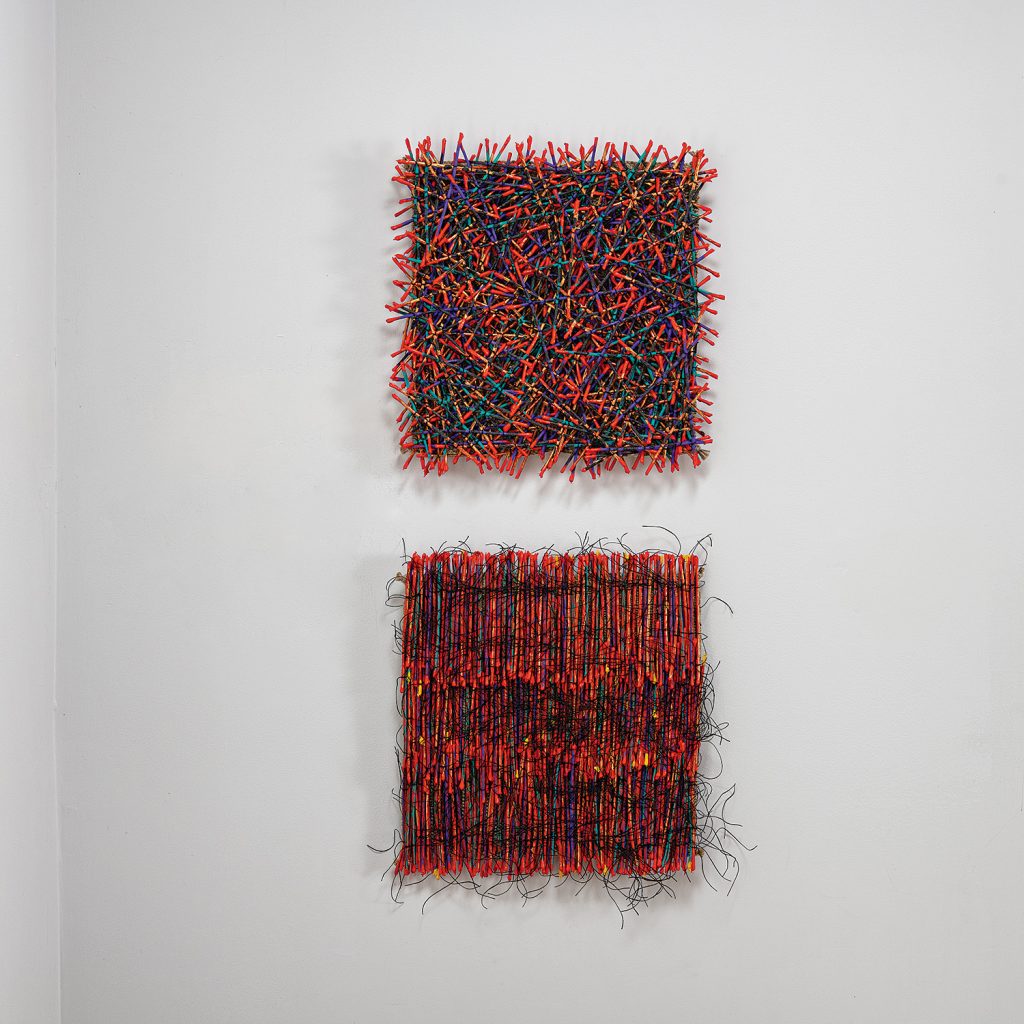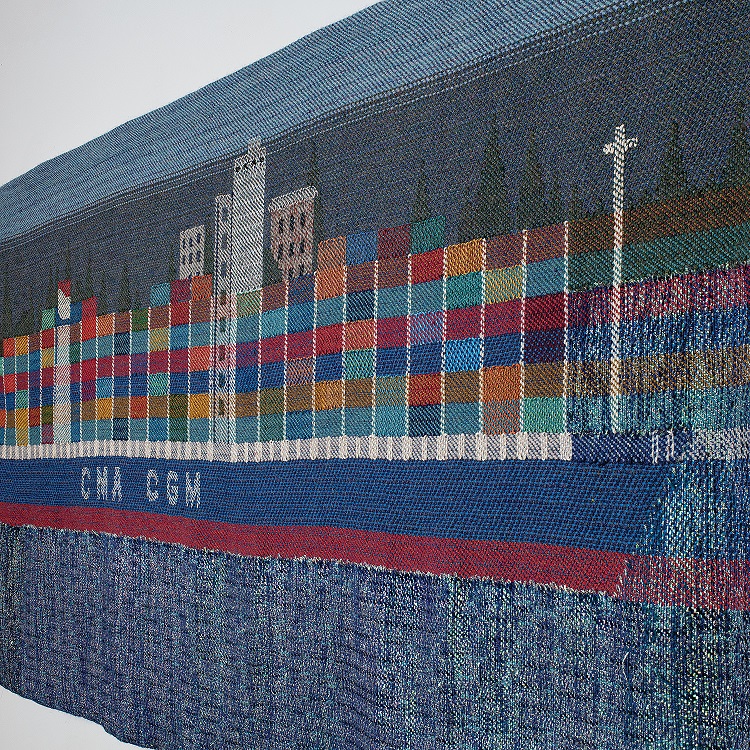Welcome to the December edition of our Art Assembled series, where we unwrap a month filled with vibrant creations from talented artists. December is a unique time of year, marked by its own kind of magic and reflection. And in December, we had the pleasure of showcasing the incredible works of Dominic Di Mare, Lizzie Farey, Karyl Sisson, and Gizella Warburton. Each artist has brought their unique perspective and creative energy to our New This Week series.
As we approach the year’s end, we want to extend our heartfelt gratitude to you, our loyal supporters and art enthusiasts. Your passion for art fuels our mission, and we’re excited to continue sharing the beauty and creativity of contemporary art with you.
Read on to discover what new art we showcased throughout December!
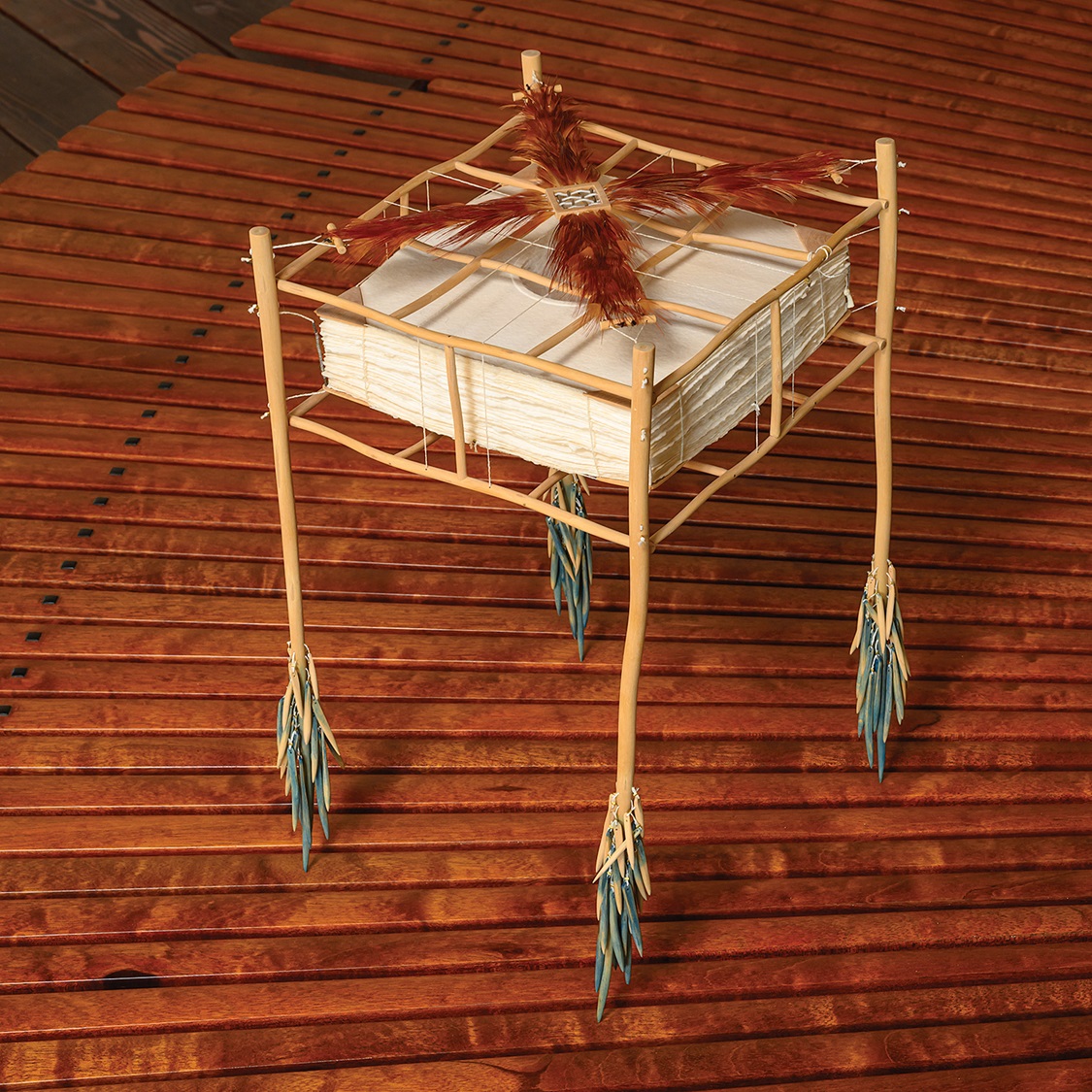
Our month began with a spotlight on Dominic Di Mare‘s exceptional body of work. Di Mare, a distinguished American artist and craftsperson, has left an indelible mark on the world of contemporary art through his diverse array of creative expressions. His artistic voyage has been a testament to his pioneering spirit, always pushing the boundaries of what art can be.
Dominic first garnered acclaim for his groundbreaking work in dimensional weaving in the 1960s, a period when he carved a distinctive niche for himself in the art world. His ability to weave together intricate patterns and textures in three-dimensional space was nothing short of revolutionary. In the 1970s, Di Mare embarked on a new artistic journey, venturing into the realm of cast paper art. This phase saw him seamlessly blend elements of paper, sculpture, and mixed media into a mesmerizing
Over the years, Di Mare’s artistic journey continued to evolve, exploring watercolor paintings and abstract mixed-media sculpture. His art often touches on themes of personal spirituality, inviting viewers to embark on their own introspective journeys through his creations.
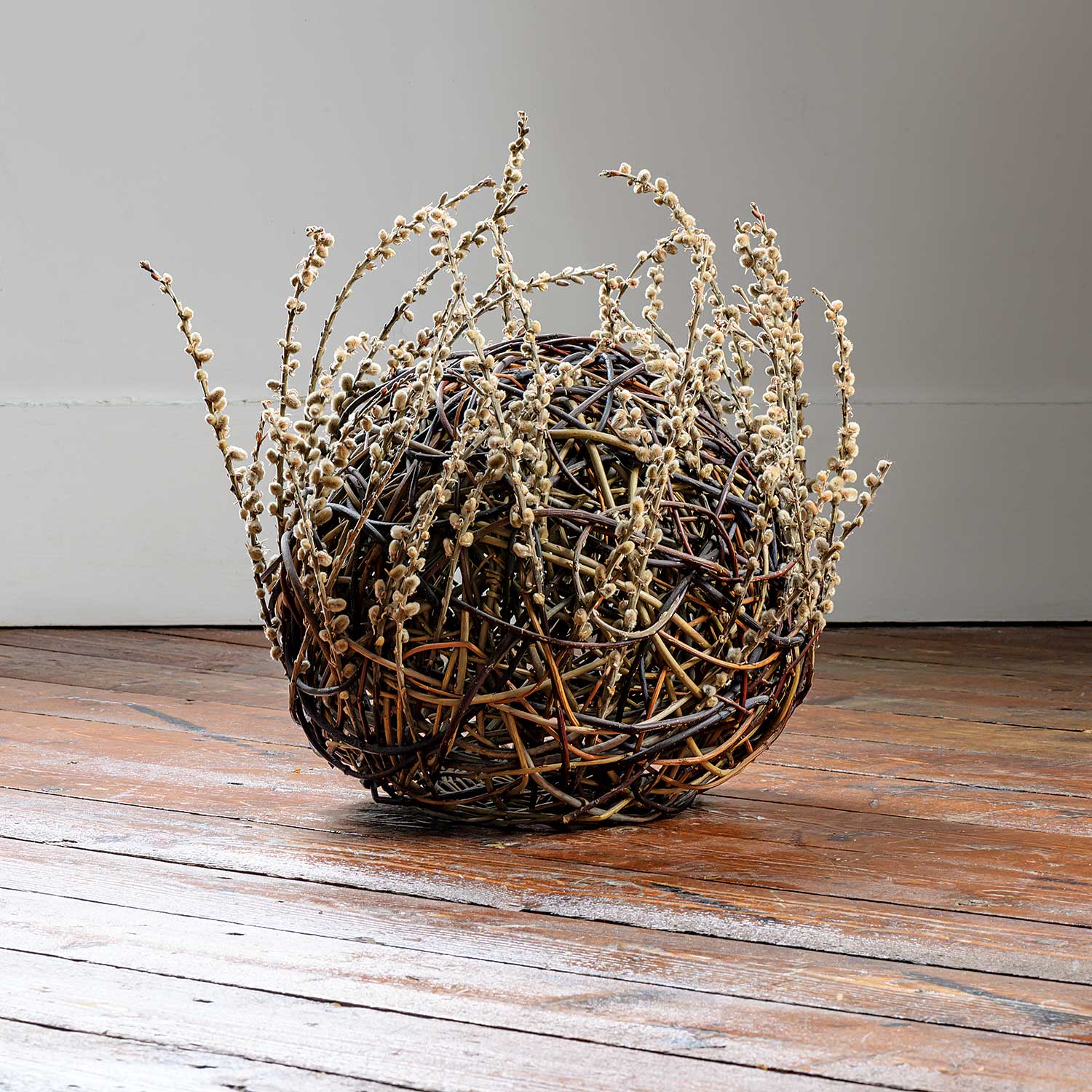
Up next in December, we turned out spotlight to Lizzie Farey, a remarkable artist residing in from Scotland. Farey’s work is a testament to her deep connection with the natural world, drawing inspiration from the inherent qualities of the materials found in her Scottish surroundings.
Using locally grown woods such as willow, birch, heather, and bog myrtle, Farey’s creations encompass a wide range, from traditional to organic sculptural forms. Her innovative approach often pushes the boundaries of traditional techniques, resulting in pieces that are both rooted in tradition and remarkably contemporary.
Farey’s art invites viewers to reconnect with the profound pleasures of nature, transporting them to a universal place and time. Her creations are a harmonious fusion of the tangible and the ethereal, showcasing the boundless beauty found in the world around us.
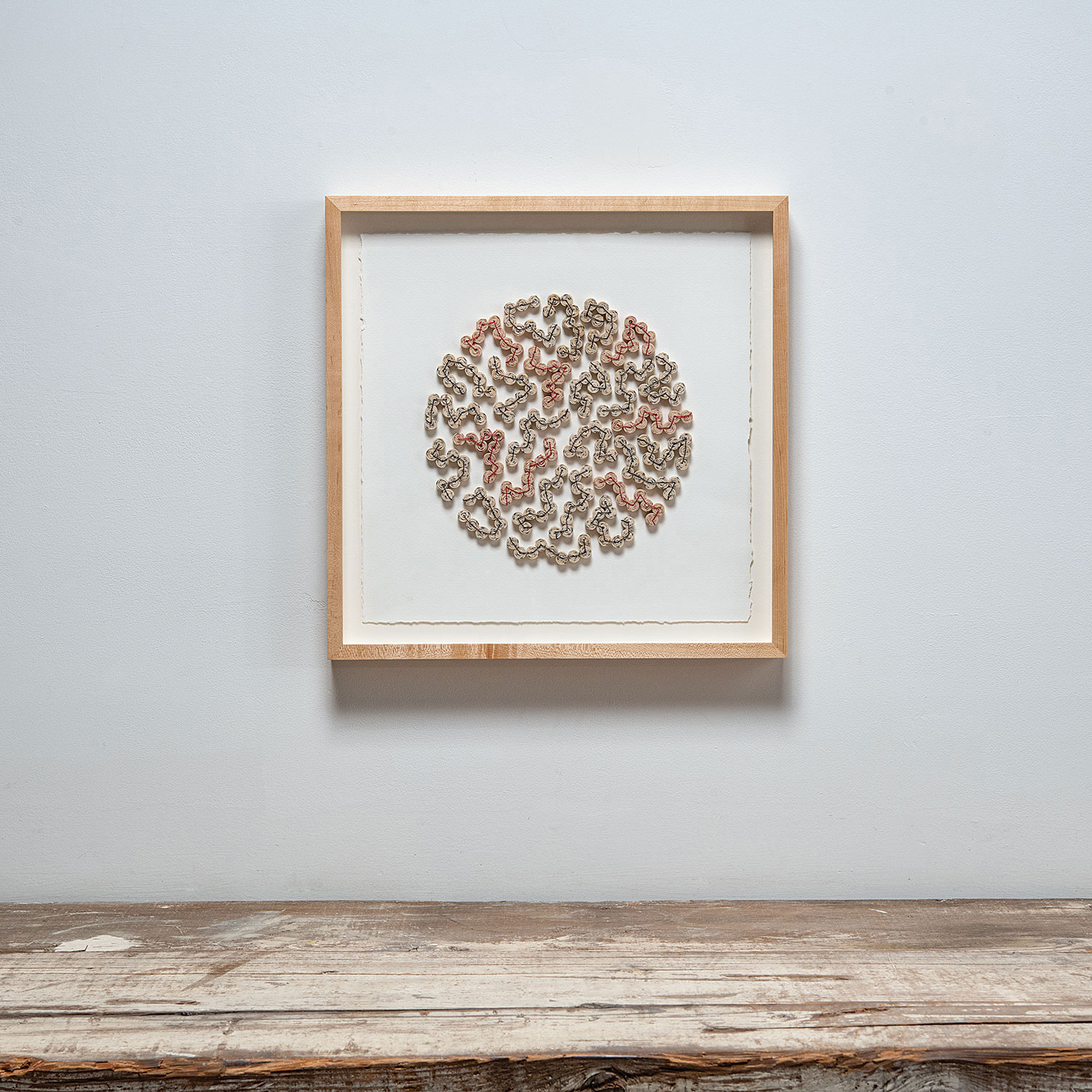
We then turned our attention to Karyl Sisson, a visionary artist based in Los Angeles. Sisson’s work is a testament to her extraordinary ability to weave together the fibers of everyday life, seamlessly blending elements of the past and the present into sculptural and textured forms that transcend traditional boundaries.
Drawing inspiration from a diverse array of sources, including the landscape of Los Angeles, microbiology, and fashion manufacturing, Sisson’s art is a captivating exploration of patterns, repetition, and structure. These themes are at the heart of her work, and she approaches them dimensionally, building upon her foundation in basketry and needlework.
One can’t help but be captivated by Sisson’s innovative use of materials, a practice that allows her to confront domesticity and challenge traditional gender roles. Her recent foray into working with paper straws, inspired by the intricate world of cells and organisms, has resulted in creations that appear to grow naturally and organically, inviting viewers to marvel at the wonders of the microscopic world.

Last, but certainly not least, we turned our focus to Gizella Warburton, an artist whose abstract compositions take shape through the tactile and contemplative process of drawing with paper, cloth, and thread. Warburton’s artistic journey is deeply intertwined with the materiality of her chosen mediums—cloth, paper, thread, wood, and paint. Through these elements, she connects with an innate human desire to create marks, to decipher the meaning of our physical and emotional landscapes, and to explore the transient nature of the warp and weft of our lives.
The slow, tactile intimacy of stitching serves as a mantra in Warburton’s work, inviting viewers to join her in a contemplative journey. Her creations evoke a sense of meditation, as if each mark and stitch were carefully placed to guide us through the intricate labyrinth of emotions and experiences.
Warburton’s artistry has been showcased in exhibitions across the UK, Europe, and Australia, leaving an indelible mark on the global art scene. Her work invites us to pause, reflect, and unravel the layers of meaning woven into the fabric of our existence.
As we bid farewell to December and this year, we look ahead with great anticipation for what the new year will bring. Thank you for being a part of our art-loving community. We wish you a joyful holiday season and a new year filled with inspiration, creativity, and the boundless beauty of contemporary art. Cheers to the exciting adventures that await us in the year ahead!

